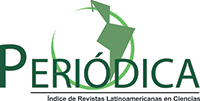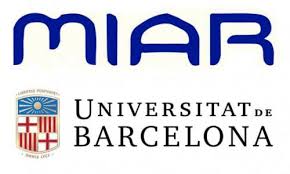Proposal for improved mixes to produce concrete masonry units with commonly used aggregates available in the Valley of Mexico
DOI:
https://doi.org/10.21041/ra.v7i1.170Keywords:
masonry, concrete masonry units, compressive strengthAbstract
In this paper, a proposal is done to update the masonry index compressive strength design value f*m for solid concrete masonry units for the masonry guidelines of Mexico´s Federal District Code (NTCM-2004). Solid units were made by taking into account the characteristics of the most commonly used raw materials available in the Valley of Mexico to fabricate such units in the Metropolitan Area of Mexico City. Different tests were conducted for both raw materials and the obtained concrete units. Based upon test results, it is illustrated why it is much better to design masonry structures based upon the experimental data of the units to be used at the construction site rather than using index values proposed in building codes.
Downloads
References
ACI-530 (2011), “Building code requirements for masonry structures (ACI 530-11/ASCE 5-11/TMS 402-11)”, American Concrete Institute, Farmington Hills, Michigan, Estados Unidos.
Alcocer, S. M., Cesín, J., Flores, L. E., Hernández, O., Meli, R., Tena, A., Vasconcelos, D. (2003), “The New Mexico City building code requirements for design and construction of masonry structures”, Memorias, Ninth North American Masonry Conference, Clemson, Carolina del Sur, Estados Unidos, CD-ROM, pp. 656-667, junio.
Hernández O. (1999), “Comunicación personal”.
Liga, A. E., Pérez, A. (2013), “Revisión y propuesta de las resistencias a compresión y cortante de diseño para piezas de concreto de las normas técnicas de mampostería del reglamento de construcción del distrito federal”, Proyectos Terminales I y II, Departamento de Materiales, Universidad Autónoma Metropolitana, julio.
McNary, W. S., Abrams, D. P. (1985), “Mechanics of masonry in compression”, ASCE Journal of Structural Engineering, V. 111, No. 4, pp. 857-870.
Meli, R. (1979), “Comportamiento sísmico de muros de mampostería”, Informe No. 352, Instituto de Ingeniería, UNAM, México.
Neville, A. (1998), “Tecnología del concreto. Tomo I”, (Ciudad de México, México, Limusa).
NMX-C-036 (2004), “Industria de la construcción – bloques, tabiques o ladrillos, tabicones y adoquines – resistencia a la compresión - método de prueba”, Norma NMX-C-036-ONNCCE-2004, Organismo Nacional de Normalización y Certificación de la Construcción y la Edificación (ONNCCE), México, D.F.
NMX-C-073 (2004), “Industria de la construcción - agregados - masa volumétrica - método de prueba”, Norma NMX-C-073-ONNCCE-2004, Organismo Nacional de Normalización y Certificación de la Construcción y la Edificación (ONNCCE), México, D.F.
NMX-C-077 (1997), “Industria de la construcción - agregados para concreto - análisis granulométrico - método de prueba”, Norma NMX-C-077- ONNCCE-1997, Organismo Nacional de Normalización y Certificación de la Construcción y la Edificación (ONNCCE), México, D.F.
NMX-C-111 (2004), “Industria de la construcción - agregados para concreto hidráulico - especificaciones y métodos de prueba”, Norma NMX-C-111- ONNCCE-2004, Organismo Nacional de Normalización y Certificación de la Construcción y la Edificación (ONNCCE), México, D.F.
NMX-C-165 (2004), “Industria de la construcción - agregados - determinación de la masa específica y absorción de agua del agregado fino -método de prueba”, Norma NMX-C-165- ONNCCE-2004, Organismo Nacional de Normalización y Certificación de la Construcción y la Edificación (ONNCCE), México, D.F.
NMX-C-404 (2005), “Industria de la construcción - bloques, tabiques o ladrillos y tabicones para uso estructural - especificaciones y métodos de prueba”, Norma NMX-C-404- ONNCCE-2005, Organismo Nacional de Normalización y Certificación de la Construcción y la Edificación (ONNCCE), México, D.F.
NTCM-77 (1977), “Normas técnicas complementarias para diseño y construcción de estructuras de mampostería”, Gaceta Oficial del Departamento del Distrito Federal, abril.
NTCM-95 (1995), “Normas técnicas complementarias para diseño y construcción de estructuras de mampostería”, Gaceta Oficial del Departamento del Distrito Federal, febrero.
NTCM-04 (2004), “Normas técnicas complementarias para diseño y construcción de estructuras de mampostería”, Gaceta Oficial del Distrito Federal, octubre.
Tena, A., Miranda, E. (2002), “Capítulo 4: Comportamiento mecánico de la mampostería”, en S. Alcocer (Ed.), Edificaciones de Mampostería para la Vivienda, Fundación ICA, CDROM, ISBN 968 5520 00-3, pp. 103-132.
Tena, A., Juárez, A., Salinas, V. H. (2007), “Resistencia y deformación de muros de mampostería combinada y confinada sujetos a cargas laterales”, Revista de Ingeniería Sísmica, No. 76, pp. 29-60.
Tena-Colunga, A., Juárez-Ángeles, A., Salinas-Vallejo, V. M. (2009), “Cyclic behavior of combined and confined masonry walls”, Engineering Structures, V. 31, No. 1, pp. 240-259.
UBC-97 (1997), “Uniform Building Code, 1997 edition”, International Conference of Building Officials, Whittier, California, Vol. 2.
Published
How to Cite
Issue
Section
License
_______________________________
License in effect from September 2020
You are free to:
- Share — copy and redistribute the material in any medium or format for any purpose, even commercially.
- Adapt — remix, transform, and build upon the material for any purpose, even commercially.
- The licensor cannot revoke these freedoms as long as you follow the license terms.
Under the following terms:
- Attribution — You must give appropriate credit , provide a link to the license, and indicate if changes were made . You may do so in any reasonable manner, but not in any way that suggests the licensor endorses you or your use.
- No additional restrictions — You may not apply legal terms or technological measures that legally restrict others from doing anything the license permits.
Notices:
You do not have to comply with the license for elements of the material in the public domain or where your use is permitted by an applicable exception or limitation .
No warranties are given. The license may not give you all of the permissions necessary for your intended use. For example, other rights such as publicity, privacy, or moral rights may limit how you use the material.

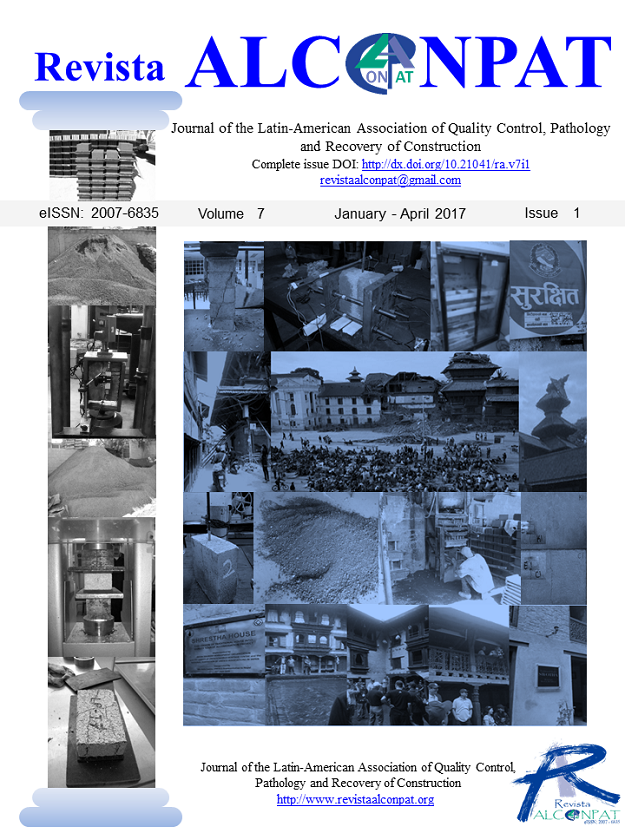













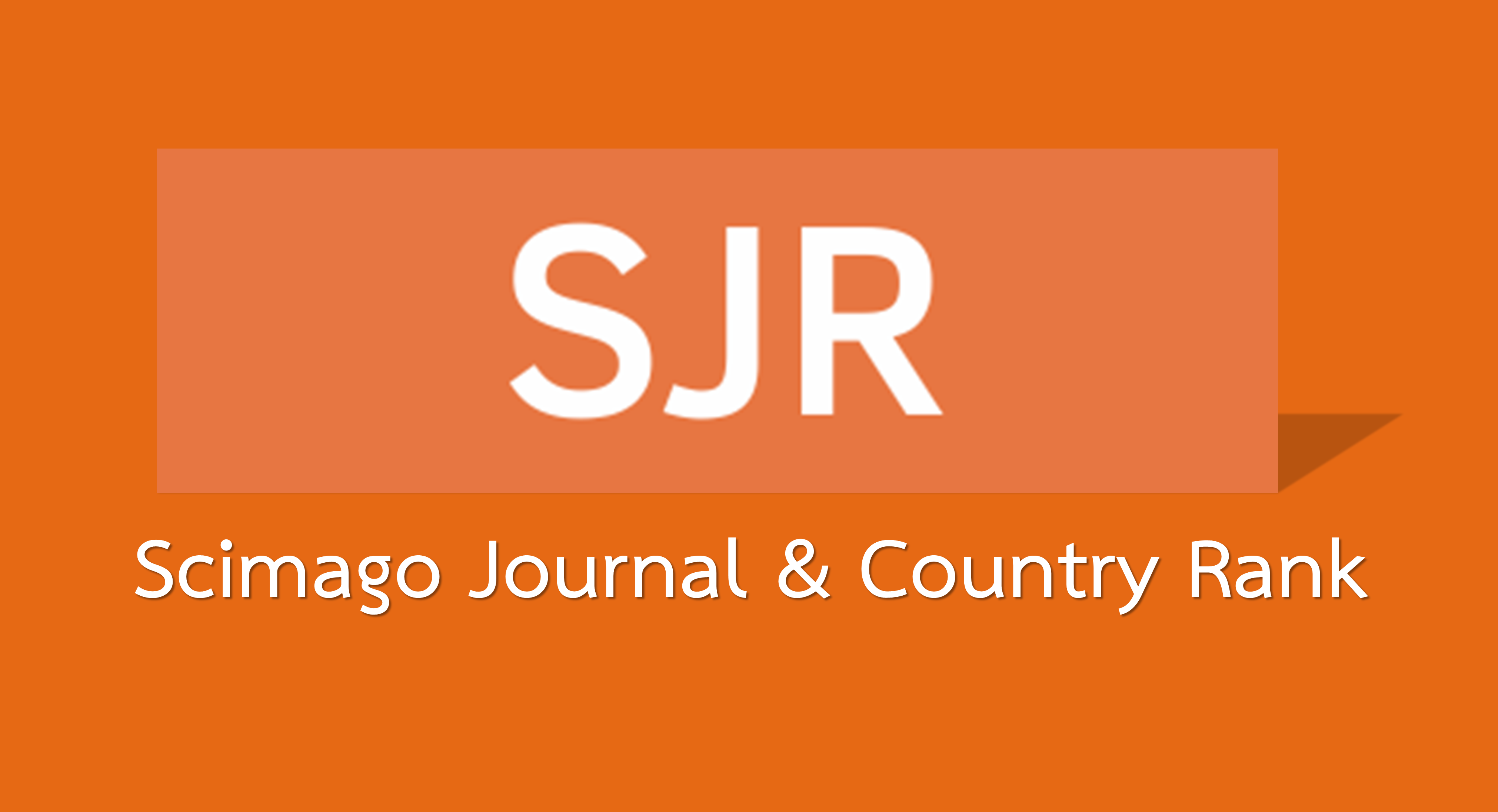




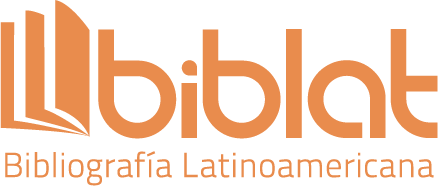
.png)

